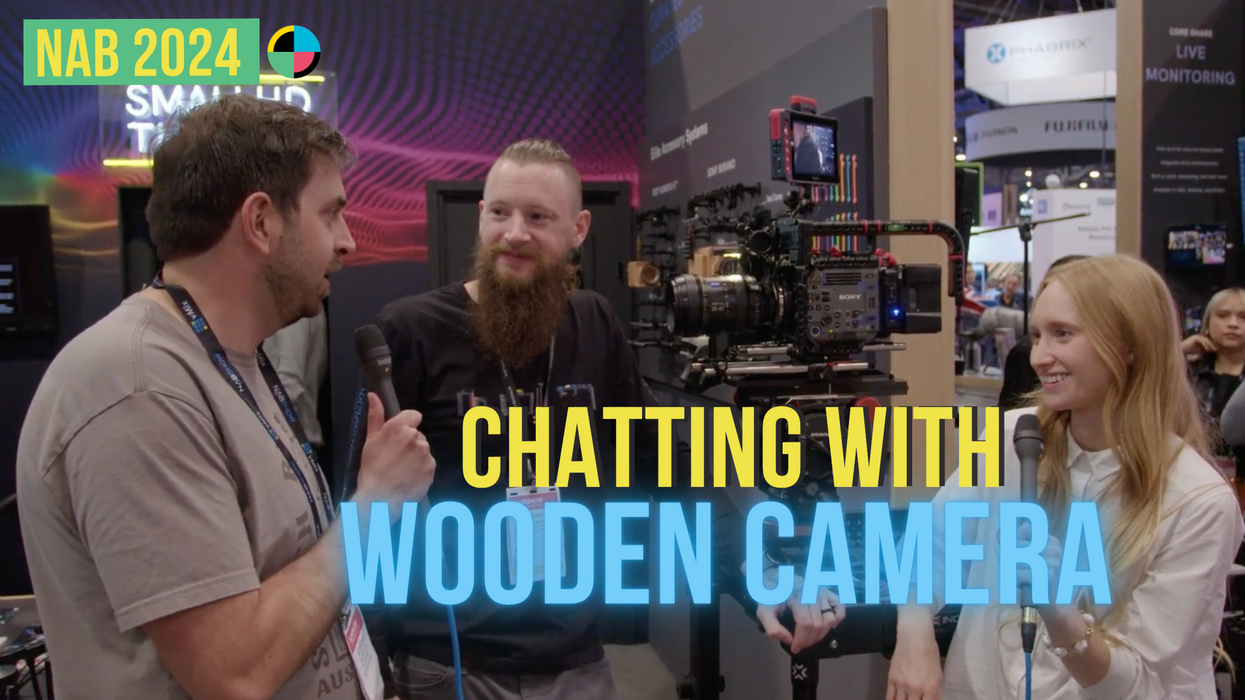'Whiplash' Producer Stephanie Wilcox Reveals Her Oscar-Winning Process
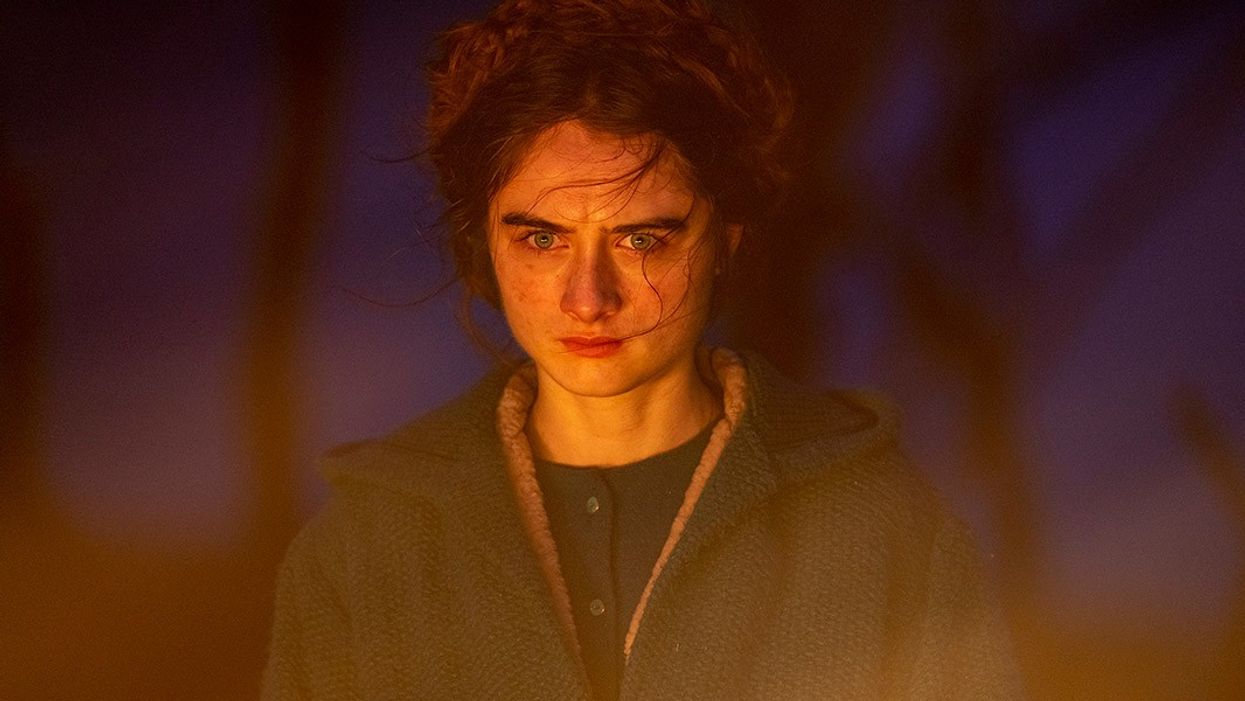
Stephanie Wilcox has a knack for picking great projects, among them include Damien Chazelle’s Whiplash and Dan Gilroy’s Nightcrawler. Most recently, Wilcox produced The Other Lamb, a TIFF 2019 crowd-favorite and English-language debut for award-winning Polish director Malgorzata Szumowska.
So how does Wilcox pick her projects? You could call it a sixth sense for critical and commercial success, or simply good intuition. NFS sat down with the development exec-turned-producer at TIFF to dissect her selection process.
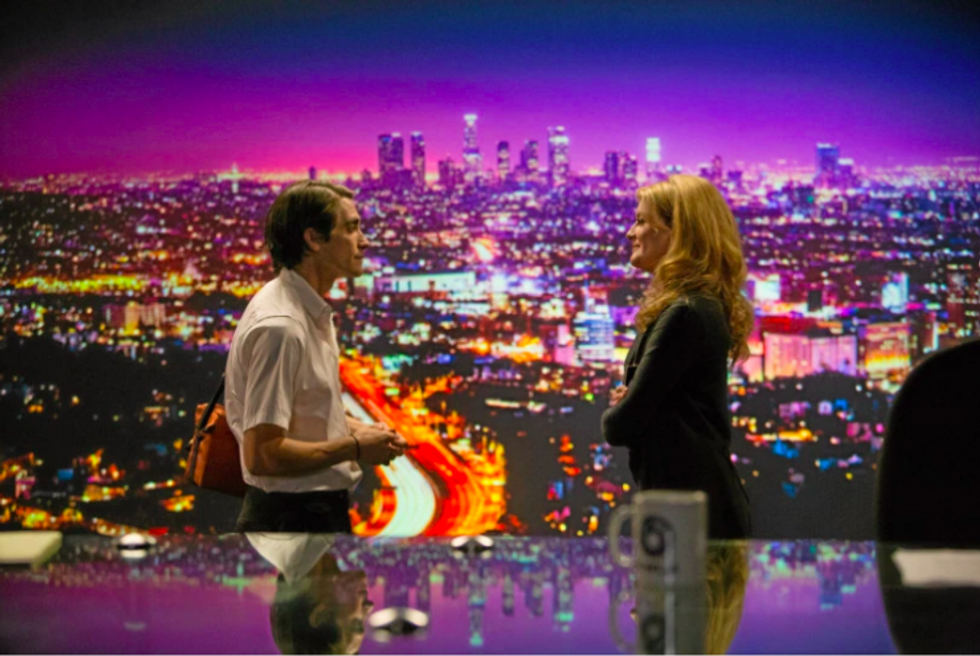
Follow Your Bliss
Wilcox got straight to it. “It’s simple. Nothing beats hard work combined with passion. And clarity of vision.” Once she connects with a writer/director who shares those qualities, she makes it her mission to make their project happen -- and to solve whatever problems arise.
“I didn’t expect to be a film producer,” she admits, “but that’s where my instincts led me.” She started out in theater: Producing, directing, and acting in college, with a minor in film. Her work on stage made her a natural problem-solver, because live performance allows only one chance to get things right.
Then, through connections she made in theater, Wilcox landed a spot as receptionist for Bold Films -- the production company behind Drive -- and she made her bones with hard work. “I worked my way up,” she recalled. “After a while, I became a development assistant. My mentor, Garrett Dion, taught me a lot.”
Wilcox swiftly discovered that she loved development. “Before Bold Films, I didn’t even know development was a job.” She laughed at her former naïveté. “I started reading scripts, going to director/writer meetings, giving feedback, and it felt like something I was naturally suited for. I fell in love with fixing what wasn’t working or didn’t feel right. Collaborating and talking through story problems."
Before long, Wilcox was promoted to a creative executive role. She started working with David Lancaster, the producer who would later become her partner in founding Rumble Films. The two made a good team.
“I came up on the development side; David has a production background. We left Bold and launched Rumble about five years ago. We wanted to have a smaller company, to maintain our taste within effective budgets. To help directors break through after their first, second or third features.”
Wilcox built a career by heeding her instincts -- and by producing filmmakers who do the same.
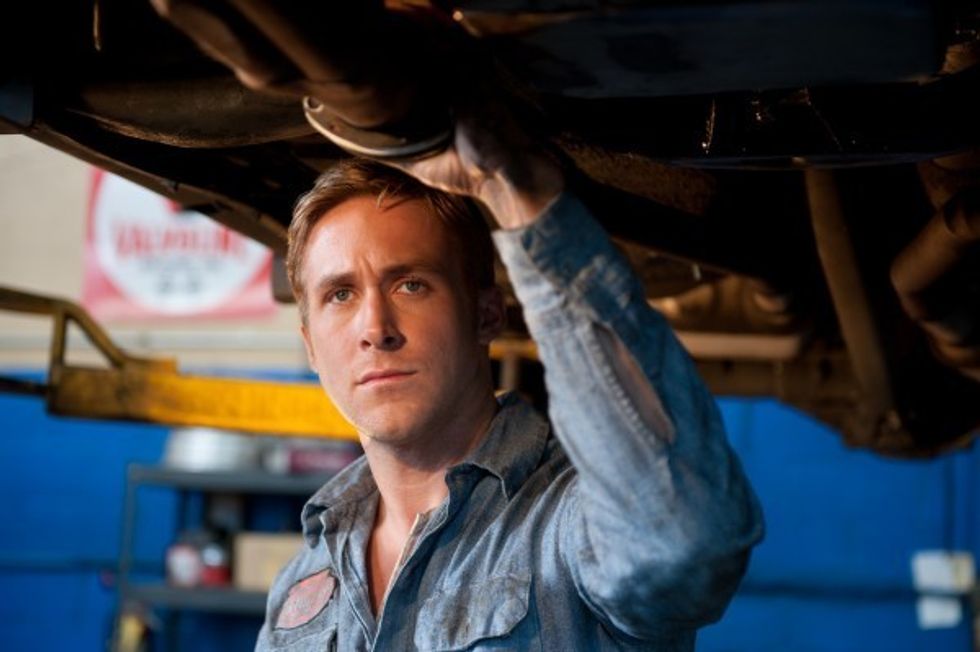
Have A Clear Vision
“It’s all about self-awareness -- and being able to express that to others. As a first-time or emerging director, you need to have a really clear vision that you can communicate from the get-go. At that early stage, it’s more important than anything else to be able to talk through and defend all of your choices.”
If your vision appeals to Wilcox, she wants you to know that she’ll be on your side.
“As producers, we’ll help you make hard choices, understand what to prioritize. How to reconcile the flavor and style of your film with the resources at hand. But we have to be of like mind.”
In order for Wilcox to deliver on her end, she needs to be on the same page as her director. Speaking the same language.
“At the end of the day, you can hire a great cast and crew, but what really makes or breaks the movie is you, the director. You need clarity from beginning to end of the process. Ask yourself how you want your audience to feel: That way, even when you don’t get everything you need -- which is inevitable -- you’ll never miss anything essential.”
Weathering the storm is easier with good communication. This may sound obvious, but it’s often what makes or breaks a writer’s chances of getting their project made. Wilcox used Whiplash as an example.
“When we first sat with Damian Chazelle, he told us he didn’t want to make a jazz movie; instead, he saw it as Raging Bull set in the world of jazz. He was so clear on his vision of Whiplash that we knew exactly how to make it happen.” The film earned five Academy Award nominations, and won three Oscars.
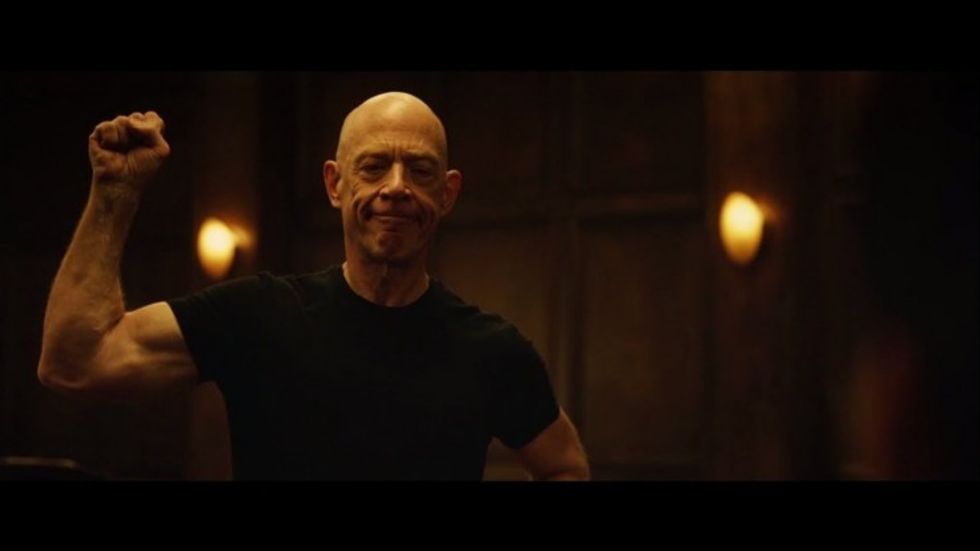
Wilcox is quick to remind us that communicating your vision goes beyond citing other films as references. If you’re a writer/director, you need to think past the limitations of the page. Nightcrawler is a perfect example.
Dan Gilroy was already a seasoned writer -- he’d recently helped to pen The Bourne Legacy with his brother, director Tony Gilroy —but Nightcrawler was to be his directorial debut.
“Dan’s script [for Nightcrawler] was fantastic,” Wilcox remembered. “It was filled with snappy, cutting dialogue. But it was very, very dark on the page. Even more so than the film.”
So when Wilcox met Gilroy, she brought it up -- and as it turned out, they were in synch. “Dan was very aware of the tonal darkness,” she recalled with a smile. “He talked about the beauty of LA he wanted to capture, to evoke the American dream that Lou Bloom is chasing. That relieved me, to know that Nightcrawler wouldn’t be relentlessly grim throughout.”
Another major selling point for Wilcox was Gilroy’s vision for his actors. He knew his anti-heroes needed a charismatic foundation, and Jake Gyllenhaal and Riz Ahmed delivered.
“Dan’s casting choices were really inspiring,” she explained. “Even though Lou is not a traditionally likable character, you still want to listen. You sympathize with even his worst decisions.”
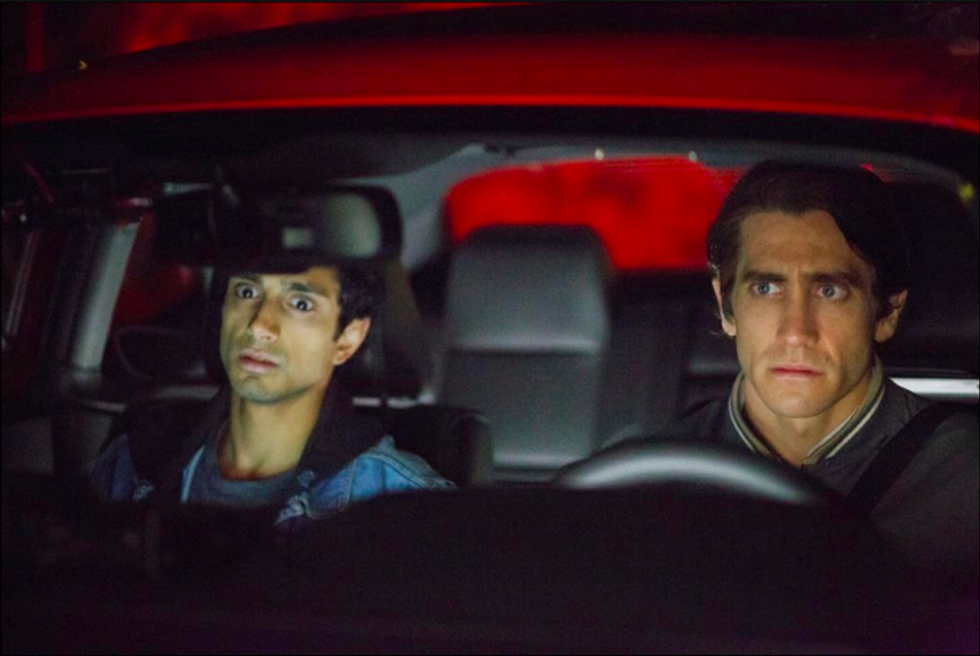
Stay Malleable
Yes, vision matters -- but there’s also a point where that vision needs to be flexible. With collaboration comes compromise, and the strategic balance of moving parts and people.
“You never want to lose the thread of why you started writing in the first place,” Wilcox cautioned, “but you also have to keep your mind on the end goal. You have to stay malleable. That way you can react to notes, be willing to change aspects of the project without losing sight of the story you’re trying to tell.” Pick your battles.
Wilcox’s latest feature is a good example of creative flexibility. An English-language drama with a European feel, the film is a feminist parable that went through two startling changes once Wilcox got involved.
Helmed by award-winning Polish director Maglorzata Szumowska (Body, The Mug), The Other Lamb is part psychological thriller, part naturalistic drama, all haunting imagery. It tells the age-old story of patriarchal control, of finding your place in a world that tells you who you are before you figure it out for yourself.
Raffey Cassidy (The Killing of a Sacred Deer) stars as Selah, whose coming-of-age is foiled by toxic masculinity: In this case, by The Shepherd, the leader of an all-female cult played by Michiel Huisman (Game of Thrones), a role best described to GoT fans as Craster-doing-Jesus.
For Wilcox, producing The Other Lamb was a natural choice. “I love movies that straddle art and entertainment,” she effused. “Especially ones with genre elements, or something edgy and fresh. This script checked a lot of those boxes. But I had to figure out how to make it happen.”
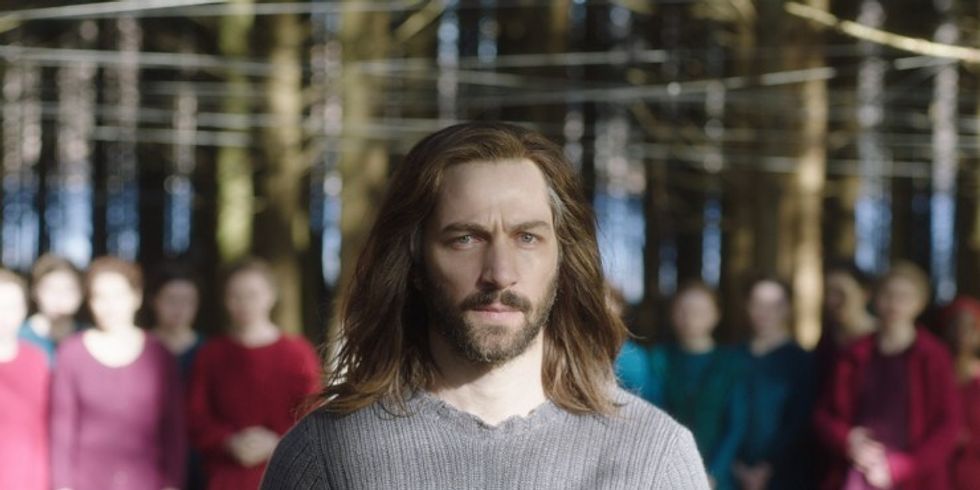
Even though screenwriter Catherine S. Mullen originally wrote The Other Lamb to take place in the Australian outback, the final film was shot in Wicklow, Ireland -- a mountainous region south of Dublin. Why? Wilcox wanted those tax incentives: 32% rebate in Ireland, plus great local crew.
So she structured The Other Lamb as an official European coproduction to tap into various national subsidies. Money from Screen Ireland helped with the shoot; all of their post was done in Belgium, from VFX and score to color-grading.
“As producers, we’re always chasing a good financial model, to get you more bang for your buck,” Wilcox elaborated, “but we also make sure that we don’t distort your vision.” She grinned, clearly pleased with her choices. “Ireland has great folklore and worked for the mood of the film. We did a scout a year before production, then went back to Catherine with a box of images to see if we could adapt the script. It fit the vision thematically, and she was super game.”
Their second innovation came from a restructured approach to dialogue. “There was not a lot of dialogue to begin with,” Wilcox recalled. “It almost felt like reading a novel, with a lot of the action taking place in the characters’ headspace. So we decided to focus on visual language, and stripped the script down to its essence.”
Now, the film guides us through Selah’s evolution with resplendent camerawork, dreamlike visions, and lingering stares.
“Just remember: Everyone comes to the table with different ideas -- so be excited about what others can add to your vision. Every movie is really about alchemy, team chemistry -- something far greater than the sum of its parts.”
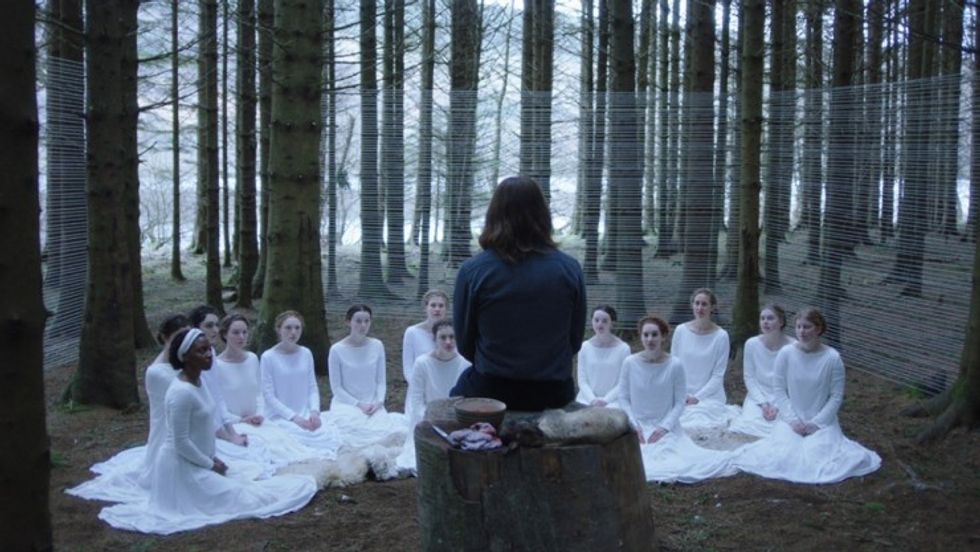
Own Your Struggle
Wilcox affirms that filmmaking, it all comes down to challenging yourself. “You have to find your passion, conquer doubt and welcome new input … so that you’ve made your good idea even better.”
